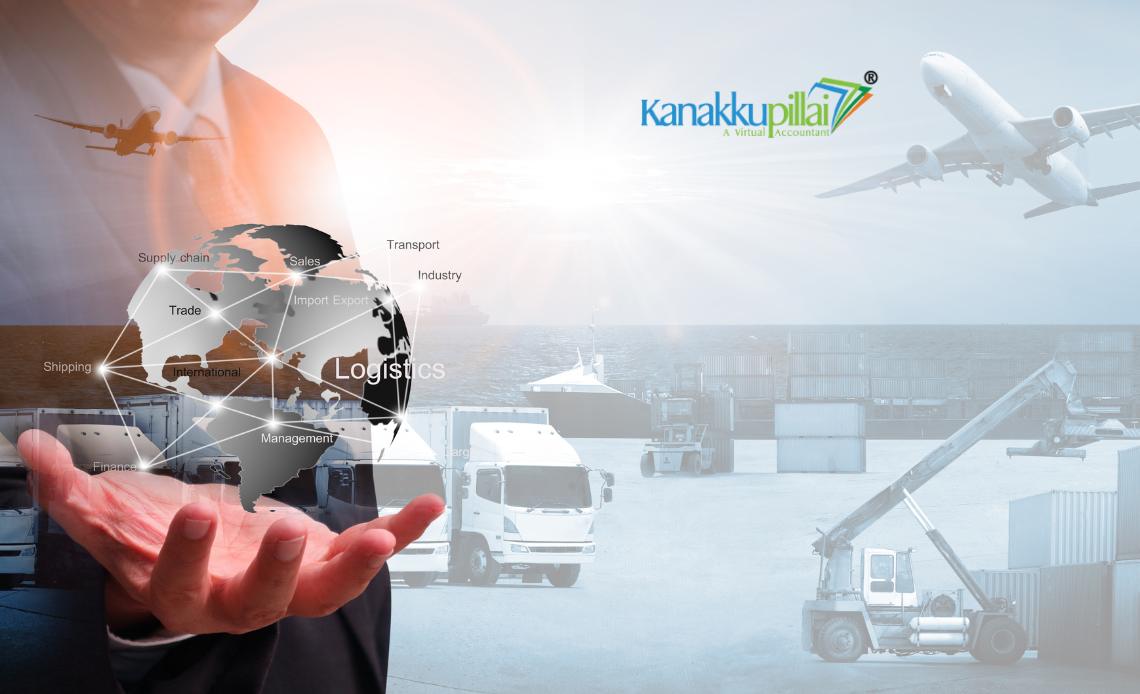When individuals or businesses start exploring import–export opportunities in India, two terms show up everywhere — DGFT and IEC. They are closely connected, but they are not the same. Many first-time exporters confuse DGFT (Directorate General of Foreign Trade) with IEC (Import Export Code), assuming both serve the same purpose. In reality, DGFT is the authority, while IEC is a unique identification code issued by that authority.
This blog breaks down the concepts in a simple, practical manner. We will cover what DGFT is, what IEC means, how they are related, and the exact differences between the two.
What is DGFT?
The Directorate General of Foreign Trade (DGFT) is a government body under the Ministry of Commerce and Industry. It is responsible for regulating and promoting India’s foreign trade. DGFT frames rules, issues licenses, monitors exports and imports, and ensures that India’s export policies operate smoothly.
Key Functions of DGFT
- Issue IEC (Import Export Code)
- Grants export promotion licenses (Advance Authorisation, EPCG, MEIS/SEIS, RoDTEP benefits, etc.)
- Implements India’s Foreign Trade Policy (FTP)
- Monitors restricted, prohibited, or regulated items of import/export
- Manages online portals like DGFT Services, Niryat Bandhu, and e-com application systems
- Coordinates with customs, banks, and other authorities for trade compliance
In short, DGFT is the regulator and facilitator of India’s foreign trade.
What is an IEC (Import Export Code)?
The Import Export Code (IEC) is a 10 digit identification number required by any business or individual who wants to import or export goods or services from India. Without IEC, customs and banks will not clear import/export shipments or foreign remittances.
IEC is not a license; it is simply a registration number that proves a business is eligible to engage in cross-border trade.
Key Features of IEC
- Mandatory for import/export activities
- Issued only by DGFT
- Valid for lifetime (no renewal required)
- Required for clearing shipments, claiming export benefits, and receiving foreign payments
- Linked with PAN
- Can be modified online through the DGFT portal
IEC is the identity of an importer/exporter.
How Are DGFT and IEC Connected?
Think of the relationship like this –
- DGFT = Authority
- IEC = The code issued by that authority
DGFT acts as the governing body, and IEC is one of the registrations issued under its powers.
Difference Between DGFT and IEC
Here is a clear comparison in a tabular format –
| Particulars | DGFT (Directorate General of Foreign Trade) | IEC (Import Export Code) |
| Meaning | The government authority regulating India’s foreign trade | A 10-digit code is required for import/export |
| Type | Regulatory body | Registration/Identification number |
| Purpose | Frames policies, issues licenses, monitors trade | Allows businesses/individuals to legally import/export |
| Who Controls It? | Ministry of Commerce and Industry | Issued and managed by DGFT |
| Who Needs It? | All importers/exporters indirectly depend on DGFT | Any person or business engaged in import/export |
| Validity | Continuous government department | Lifetime validity once issued |
| Role in Foreign Trade | Policy creation, regulation, and monitoring | Transactional identity for trade |
| Usage | Used by government and trade authorities | Used by customs, banks, and the DGFT portal |
| Example | DGFT issues EPCG license, Advance License | IEC is used to clear goods through customs |
Why the Confusion Exists?
Most beginners see DGFT and IEC on the same portal, in forms, instructions, and application pages. IEC is one of the most widely used registrations, and since DGFT is the issuing authority, people often assume both refer to the same thing.
The simple difference is –
DGFT is the governing authority; IEC is the code you obtain from that authority.
Is IEC Mandatory for All Importers and Exporters?
Yes — with a few exceptions:
IEC is required for:
- Importing goods into India
- Exporting goods or services
- Receiving foreign proceeds
- Export benefits, duty exemptions, RoDTEP, etc.
- Clearing shipments with customs
IEC is not required for:
- Individuals importing/exporting for personal use
- Government departments
- Certain notified categories
How to Apply for IEC? (Quick Summary)
Since IEC is issued by DGFT, the process is entirely online:
Steps
- Visit dgft.gov.in
- Click Apply for IEC
- Register using PAN and mobile
- Fill in business details
- Upload address proof and bank proof
- Pay the government fee
- Download the IEC within minutes
IEC is linked with PAN, so PAN becomes your universal import-export identity.
When Do You Use DGFT vs. When Do You Use IEC?
You deal with DGFT when:
- Applying for IEC
- Modifying IEC
- Applying for the EPCG license
- Filing export obligation statements
- Applying for Advance Authorisation
- Claiming export benefits
- Checking notified trade restrictions
You use IEC when:
- Filing shipping bills
- Clearing goods through customs
- Receiving export payment from banks
- Applying for export incentives
- Registering on export portals (ICEGATE, FIEO, APEDA, etc.)
Which One Matters More for Business?
You cannot use one without the other.
- DGFT governs the entire foreign trade ecosystem
- IEC is the entry pass for that ecosystem
- Without DGFT, there is no framework.
- Without an IEC, a business cannot trade internationally.
Conclusion
DGFT and IEC are two of the most essential components of India’s import-export structure. DGFT acts as the policymaker and regulator, while IEC is the unique code that allows businesses to participate in foreign trade. Understanding the difference makes compliance easier and helps new importers and exporters get started without confusion.





